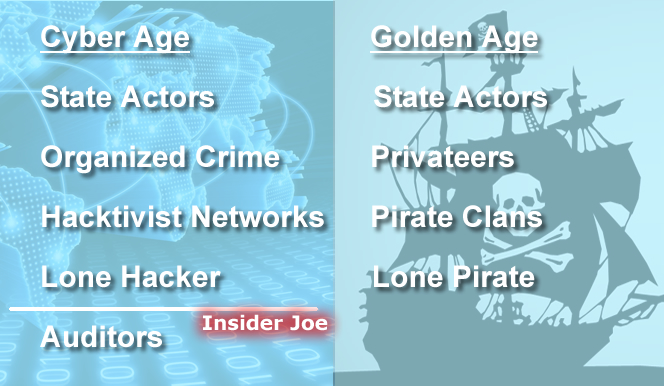Tag: ILTA
-

LegalSEC: Email Security is Priority One for Law Firms
By Joseph Raczynski BALTIMORE, Md. — “Three strikes and you are out of the firm.” This is the mantra of one law firm when dealing with employees who click on spear-phishing emails, according to Mounil Patel, Strategic Technology Consultant at Mimecast, an email and cloud security firm. Patel’s comments came at the recent gathering of…
-

LegalSEC: Cybersecurity, Rooted in 500 Years of History
By Joseph Raczynski Learning from colonial piracy about the war on cybersecurity “It is a small world. It’s a fragile world. No one is safe until everyone is safe.” These are the cautionary words of Rod Beckstrom of The Rod Beckstrom Group, the keynote speaker at the cybersecurity LegalSEC Summit last week in Baltimore. With…
-

ILTACON – “Watson, I Need You!” Augmented Intelligence for Legal
By Joseph Raczynski If you were to imagine the researching aspect of a law firm of the future, what would that look like? Kyla Moran from the IBM Watson Group led a discussion down the path of what we could expect. In what seemed like a shock to many in the room, Moran described an…

